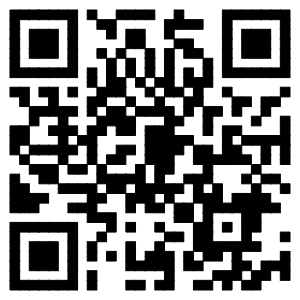Communication takes place only when we use the utterances (that is, anything we say) to do something for us. For example we use sentences to describe things, make requests, give orders or ask for information, and so on. Thus, we say language carries functional meaning.
Suppose that you have left the door open and that you want someone to close the door. How many linguistic forms can you use?
Here are some possible answers:
1. Could you close the door after you, please?
2. Close the door!
3. It's awfully draughty in here, isn't it?
4. Would you mind closing the door, please?
5. Were you born in a field?
6. Close the door please, John.
This list can be very long as more and more situations pop into your mind. From this, we can see that just as a single linguistic form can express a number of communicative functions, a communicative function can also be expressed by a number of linguistic forms.
In the above example, the communicative function, i.e. 'to get someone to close the door', is expressed by a variety of sentences. But in real communication, we use only one sentence instead of saying all the sentences. Here the speaker faces the problem of choosing the most appropriate sentence suitable for the situation and social environment. For example, "You've left the door open" could serve the purpose of asking someone to close the door from a teacher to a pupil, but not from a teacher to a head-teacher. In that case, the teacher may very well choose another form, say "Could you please close the door?" or "Would you mind closing the door?".
From the above analysis, we can conclude that in real communication, three basic skills are involved:
1. the ability to understand language structure and vocabulary and to compose structurally correct sentences;
2. the knowledge of possible communicative functions of linguistic forms (e.g. Have you had your lunch? = a greeting or an invitation);
3. the ability to take into consideration the knowledge of the situation and social factors and relate them to linguistic forms, in order to interpret or express the intended meaning.
As a conclusion, we argue that it is absolutely necessary to teach the second and the third abilities in that list, because the teaching of the structure can only provide students with a basic knowledge of the essentials of the language, but a knowledge of how to compose correct sentences cannot automatically lead to the ability of using the sentences in communication. Students have to be provided with opportunities to meet and use the language in real communication, so as to build up the relationship between the communicative functions and the sentence structures and to develop strategies for interpreting language in actual use.
选自:北外网络课堂
更多TKT商务英语课程,欢迎访问北外网课网络课程在线学习平台。北京外国语大学师资!外研社全资控股!强强联合打造最强外语在线学习平台!

 京公网安备 11010802024222号
京公网安备 11010802024222号




